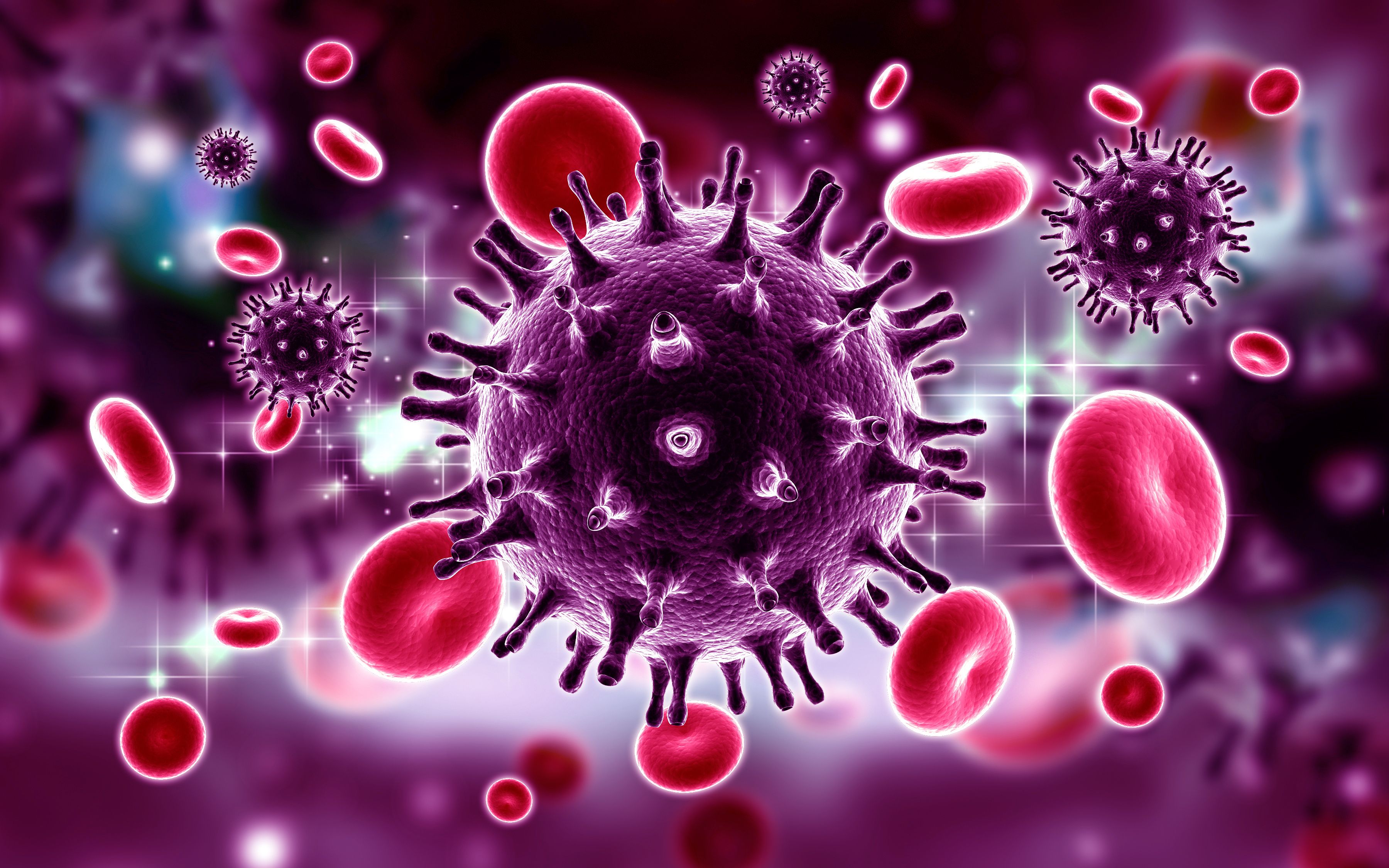- Center on Health Equity and Access
- Clinical
- Health Care Cost
- Health Care Delivery
- Insurance
- Policy
- Technology
- Value-Based Care
High Burden of Disease, Depressive Symptoms Found in Underrepresented Groups Living With HIV
A high burden of HIV could indicate other underlying factors, such as limited access to health care resources and a risk of major depressive disorder.
Black individuals who are living with HIV were found to experience a disproportionally high burden from the disease, which could be due to factors such as limited access to health care, social determinants of health, and systemic biases. According to a study published in HIV Medicine,1 HIV could also be associated with major depressive disorder (MDD).
Despite increased attention on the relationship between HIV and depression, there are still gaps in research in the 2 areas. The burden of HIV often falls most heavily on underrepresented racial and ethnic groups in the US, and depressive disorders are common in those living with HIV.2 MDD can affect patients living with HIV in terms of their outcomes and other areas of quality of life. This study used the All of Us (AoU) database to evaluate the prevalence of HIV in the cohort and the prevalence of MDD.
HIV Virus | Image credit: RAJCREATIONZS - stock.adobe.com

The AoU database enrolls participants across the US who represent the diverse populations of the country. The participants in the database can provide electronic health records (EHRs), physical measurements, and genomic data, among other data collected. Both HIV and MDD diagnoses were identified using the EHRs based on the Systemized Nomenclature of Medicine codes. A cohort of participants who were aged 18 years and older and had at least 1 mention of an HIV diagnosis were included, with those participants then separated further into those with a mention of a diagnosis of MDD.
There were 5193 participants in the AoU database who had HIV, of whom 2238 had MDD. Hypertension (67.3%) and anxiety disorder (50.9%) were the most common comorbid conditions. A total of 56% of the participants living with HIV and 59% of the participants who had a diagnosis of both HIV and MDD were aged between 45 and 64 years.
Participants who identified as Black or African American or identified as gay had a higher burden of HIV compared with other participants in the AoU database. Participants who identified as lesbian, gay, or bisexual made up 38% of those with HIV and 40% of those with both HIV and MDD. Black participants were more than 4 times as likely to have HIV (OR, 4.715; 95% CI, 4.713-4.716) when compared with Asian and White participants.
MDD was found to be prevalent in 43.1% of participants with HIV compared with 21.6% in those without HIV. A significant association between HIV status and MDD was found in the χ2 statistic, which was 1369.24. Patients with HIV were also more likely to be diagnosed with MDD (OR, 2.75; 95% CI, 2.60-2.90). Participants with HIV primarily rated their mental health as being excellent, very good, or good (71%) compared with 29% who stated that their mental health was either fair or poor. However, 38% of those who had both HIV and MDD reported their mental health was fair or poor.
When separating groups by gender identity and sexual orientation, women were found to have reported their mental health as either fair or poor at a rate of 32% and 39% in the groups with HIV and with both HIV and MDD, respectively. A total of 43% and 55% of those who identified as transgender reported fair or poor mental health in the HIV cohort and the HIV and MDD cohort, respectively; however, there was a small number of participants who identified as transgender, which prompts further research on this subgroup.
There were some limitations to this study. The AoU database recruits an oversampling of all groups that are underrepresented in biomedical research, which could make these results not generalizable. Out-of-network care may not be covered in the AoU database, as all data came from a single health care network. Conclusions could not be accurately drawn from underrepresented groups, as the sample size was too small. No other depressive disorders were evaluated in this study, which could underestimate the prevalence of depression in this group.
The researchers concluded that there is a correlation between HIV and MDD, with HIV acting as a risk factor for MDD. Future research should focus on what other contributing factors lead to MDD in patients with HIV in order to improve prevention, diagnosis, and clinical outcomes.
References
- Matacotta JJ, Tran D, Yoon S, et al. The prevalence of major depressive disorder in people with HIV: results from the All of Us research program. HIV Med. Published online May 7, 2024. doi:10.1111/hiv.13653
- Bonavitacola J. Internalized HIV stigma, depressive symptoms linked in people living with HIV. AJMC. January 23, 2024. Accessed May 8, 2024. https://www.ajmc.com/view/internalized-hiv-stigma-depressive-symptoms-linked-in-people-living-with-hiv
Frameworks for Advancing Health Equity: Urban Health Outreach
May 9th 2024In the series debut episode of "Frameworks for Advancing Health Equity," Mary Sligh, CRNP, and Chelsea Chappars, of Allegheny Health Network, explain how the Urban Health Outreach program aims to improve health equity for individuals experiencing homelessness.
Listen
Enhancing Outpatient Hemophilia Care May Improve Health Outcomes and Costs
May 18th 2024Prospective data from patients attending a rural practice in West Virginia between 2016 and 2023 show that a quality improvement program that followed guideline recommendations and was tailored to specific patient needs reduced preventable bleeds and lowered costs.
Read More
Real-World Data Show Sotorasib Effective for NSCLC With KRAS Mutation
May 18th 2024Data from real-world and clinical-trial settings on frontline monotherapy treatment with the KRAS inhibitor sotorasib both show similar progression-free survivals and a high likelihood that the treatment’s efficacy is not affected with dose reduction.
Read More
